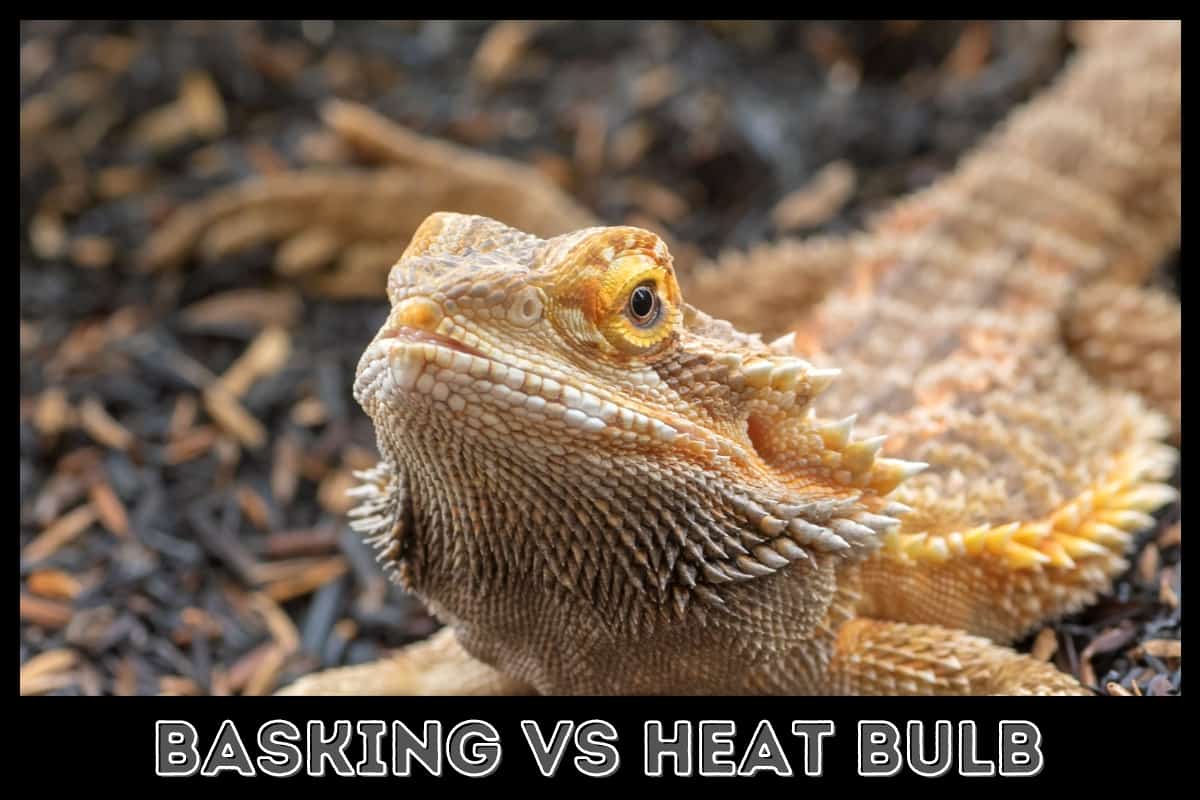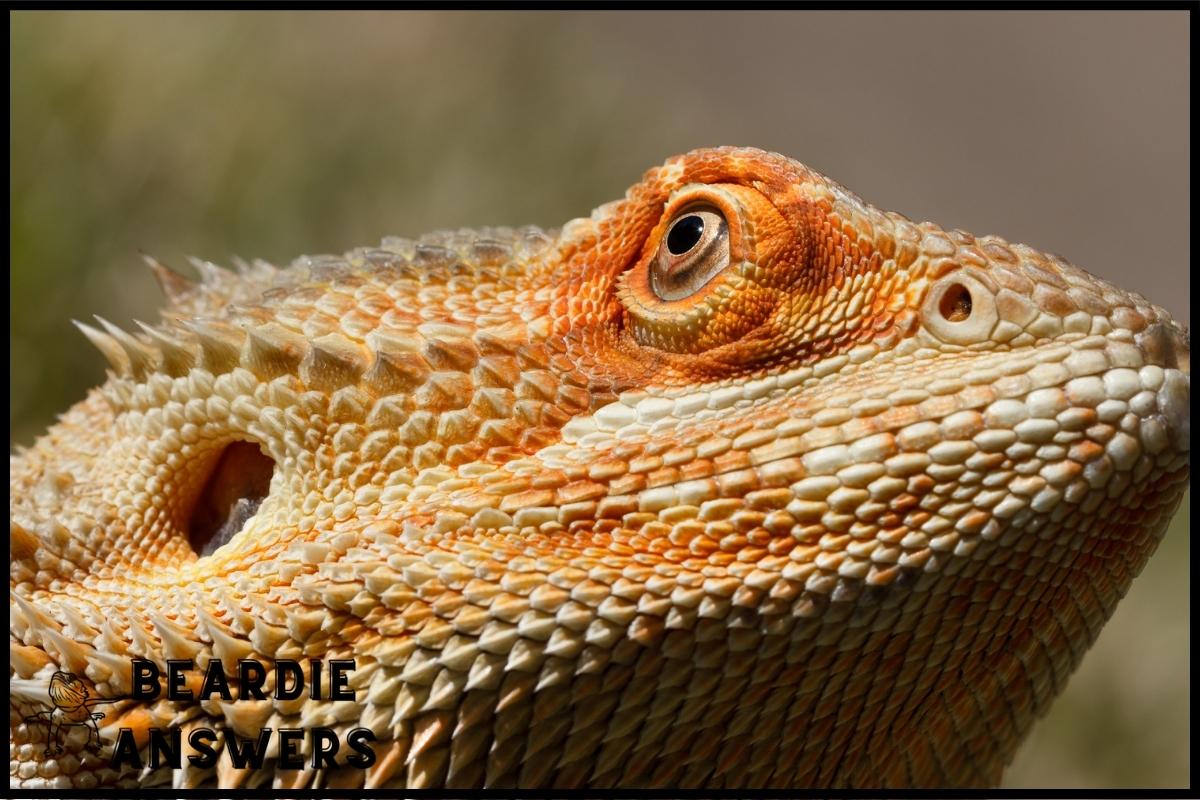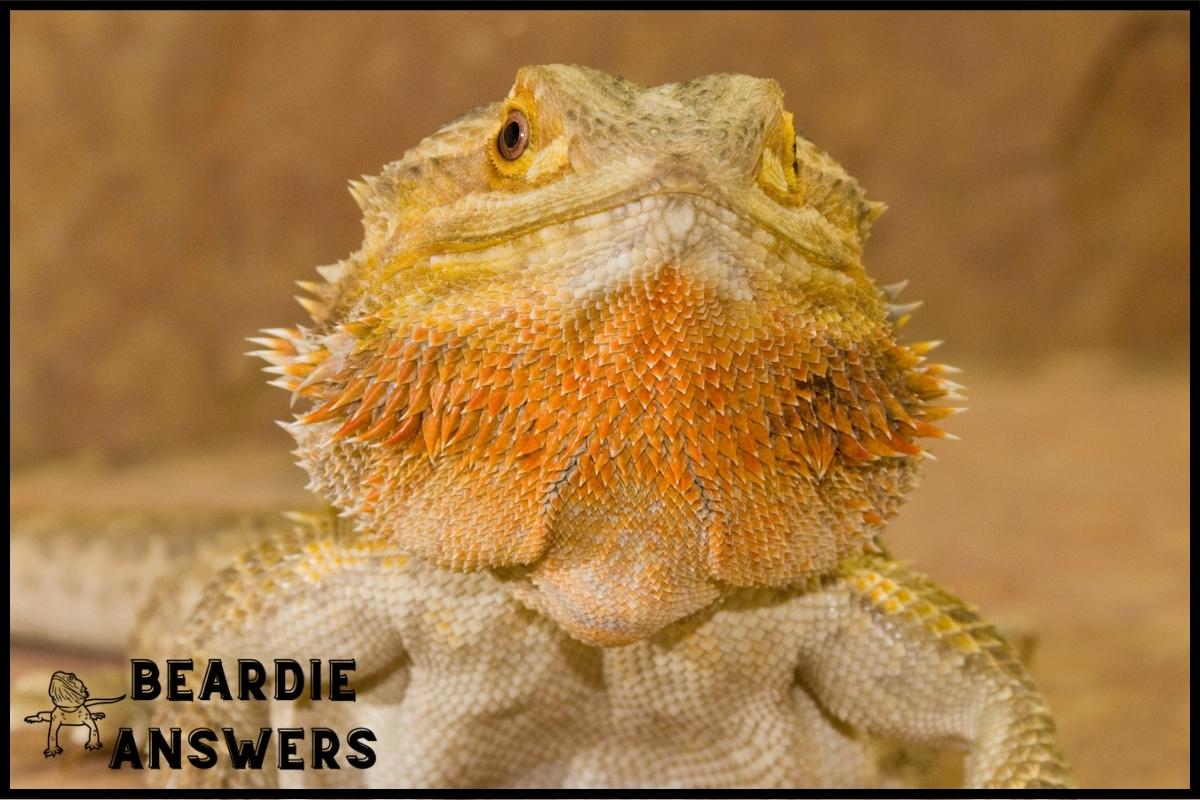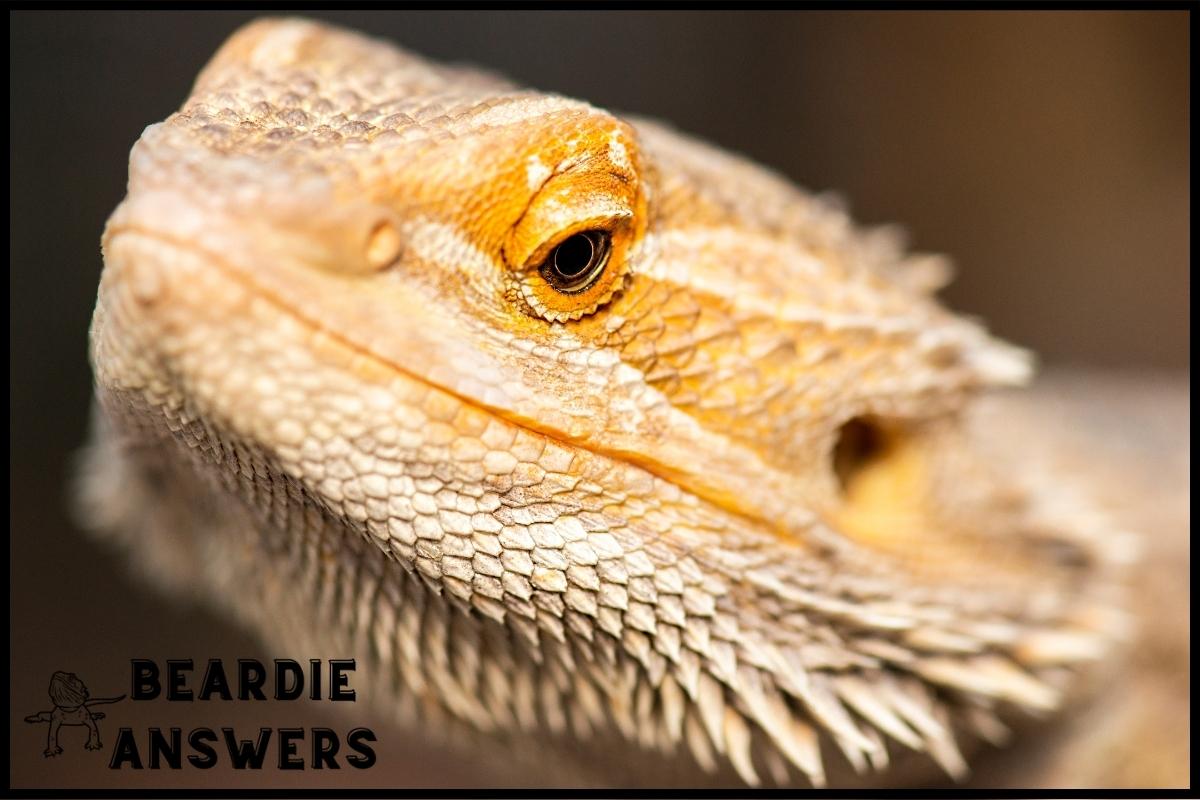Heat bulbs and basking bulbs are the same thing. They emit a concentrated beam of heat, which allows reptiles to thermoregulate and maintain a healthy body temperature. Heat bulbs are essential for reptile health and well-being because they allow reptiles to digest food and absorb calcium while also aiding in Vitamin D3 production.
Why a Heat Bulb Is Necessary
[su_box title=”What You’ll Learn” box_color=”#5a5a5a”]
- A heat bulb is necessary for a happy, healthy reptile because it helps them regulate their body temperature.
- The focused beam of heat allows your pet to thermoregulate, maintaining a healthy body temperature.
- Heat bulbs also aid in the digestion and absorption of calcium, as well as the production of Vitamin D3.
[/su_box]
Help Regulate Body Temperature
Basking bulbs are essential for pet bearded dragons because they provide a source of heat and allow them to thermoregulate, or maintain a healthy body temperature. Basking bulbs function as a heat source, emitting a focused beam of heat that the pet can move away from or toward based on their needs.
Helps Digest Food and Absorb Calcium
A heat bulb is also necessary for the proper digestion of feed and calcium absorption. Reptiles are unable to absorb calcium without the proper amount of Vitamin D, which can lead to a variety of health problems.
Your pet will be able to obtain the required vitamin D3 from the UVB light emitted by a basking bulb or heat lamp. This will aid digestion and calcium absorption in your pet, resulting in a healthier and happier life.
Allows for Production of Vitamin D3
UVB lighting is required for reptiles to produce Vitamin D3, which allows them to absorb calcium and maintain strong bones. The UVB wavelength promotes the synthesis of vitamin D3.
Placement of the Heat Bulb
[su_box title=”What You’ll Learn” box_color=”#5a5a5a”]
- The heat bulb should be placed 12-18 inches away from the bearded dragon in a basking spot.
- The heat bulb should also be positioned so that the dragon can easily move away from it if it becomes too hot.
[/su_box]
Place Over a Basking Spot
It is critical to position the heat bulb over a basking area so that your bearded dragon can absorb the heat required to regulate its body temperature, digest food, and absorb calcium.
Should Be 12-18 Inches Away From the Bearded Dragon
The heat bulb must be 12-18 inches away from the bearded dragon in order to avoid overheating. This distance allows for optimal Vitamin D3 production and aids digestion.
Dragon Should Easily Be Able to Move Away From It
To regulate their body temperature, your bearded dragon should be able to easily move away from the heat bulb. By placing the bulb in a spot that is 12-18 inches away from your bearded dragon, they will have enough space to move away if they become overheated. If the bulb is too close, it can cause overheating and dehydration.
Other Heat Sources
[su_box title=”What You’ll Learn” box_color=”#5a5a5a”]
- Other heat sources are also available to provide the warmth required by reptiles.
- Because they are placed beneath the tank and do not need to be changed frequently, under tank heating pads are an excellent choice for maintaining a consistent temperature.
- Ceramic heat emitters, which provide both light and heat for reptiles, are another option, but they should be placed away from the reptile’s basking spot because the emitted light can be too intense.
- Heat rocks can also provide heat, but they should be used with caution because they can become extremely hot and may burn your pet if left on for an extended period of time or if they malfunction.
[/su_box]
Under Tank Heating Pads
Under tank heating pads are a great way to provide extra heat to your beardie. Unlike the other heat sources, these pads are installed directly beneath the enclosure and provide a constant source of warmth.
They are also useful for species that require a temperature gradient, as the heat pad maintains a consistent temperature throughout the habitat. Make sure to get the right size pad and that it is properly insulated, as these can get very hot and cause burns if not used properly.
Ceramic Heat Emitters
Ceramic Heat Emitters are a great way to provide heat to your bearded dragon. They emit no light and can provide a continuous heat source, unlike other heat sources that must produce light. This helps to maintain the temperature of the enclosure throughout the night.
These emitters are also safe, simple to use, and reasonably priced. Just like a heat bulb, they should be placed 12-18 inches away from the bearded dragon, allowing them to move away if they become too warm.
Heat Rocks
Another source of heat that can be used in reptile terrariums is heat rocks, also known as heat stones. These rock-like objects are heated by electricity and can distribute heat evenly throughout the terrarium. Heat rocks do not emit bright light, which is useful at night. However, it is best to avoid having any reptile come into direct contact with the rock, as this could result in burns.
Heat rocks, when properly placed, can work in conjunction with other heating sources such as basking bulbs and ceramic heat emitters to keep your terrarium at the ideal temperature for your pet.
[su_box title=”Things to Remember” box_color=”#5a5a5a”]
- Heat bulbs, also known as basking bulbs, are a type of light bulb that emits a concentrated beam of heat to assist reptiles in controlling their body temperature.
- Heat emitters of various types, such as incandescent, halogen, and ceramic heat emitters, are suitable for different enclosure sizes and reptile species.
- Reptiles require a heat bulb to properly digest food, absorb calcium, and produce Vitamin D3.
- The heat bulb should be placed 12-18 inches away from the reptile, allowing it to easily move away from the heat if necessary.
- To regulate body temperature, other heating sources such as under tank heating pads, ceramic heat emitters, and heat rocks can be used in conjunction with a heat bulb.
[/su_box]

Hi! My name is Bryan, I am the “one behind the words” here are BeardieAnswers.com. I believe that providing quality care and nutrition is the best way to ensure the health of your pet. Every beardie is special and deserves the best care and attention. If you have questions about your bearded dragon, please don’t hesitate to ask! View My Full Author Page




